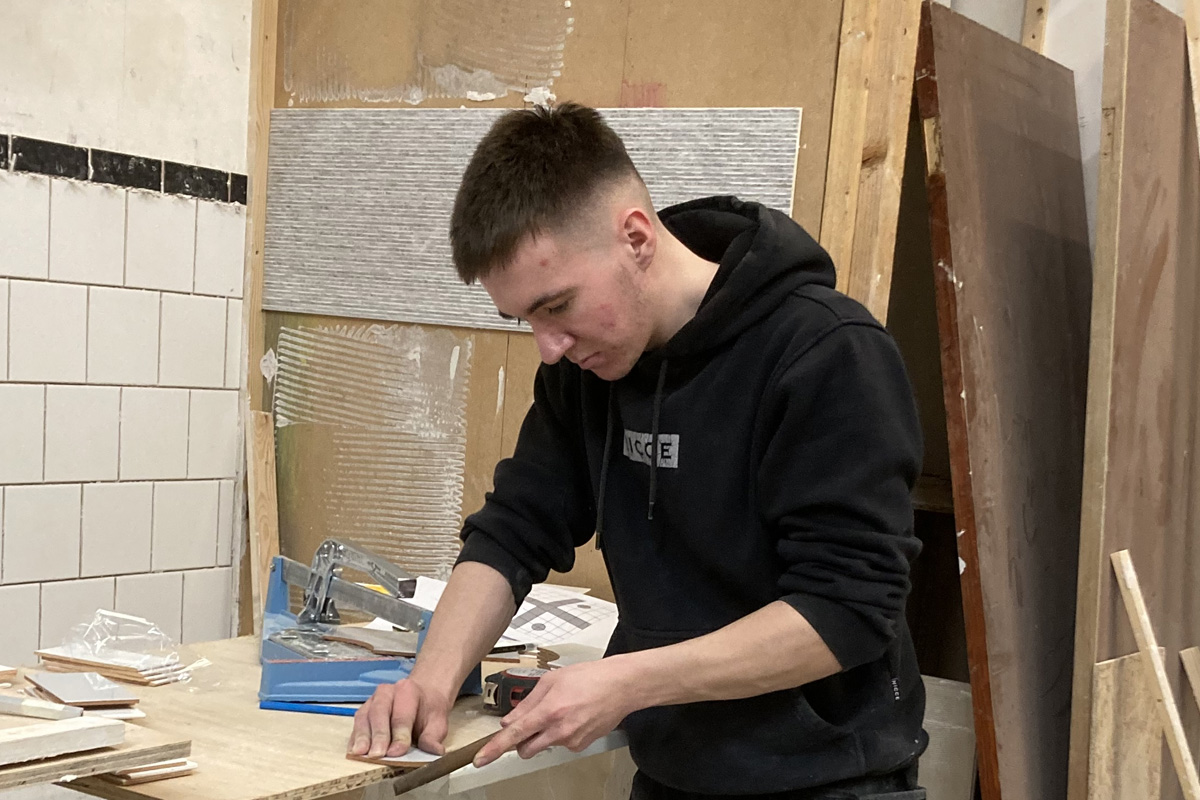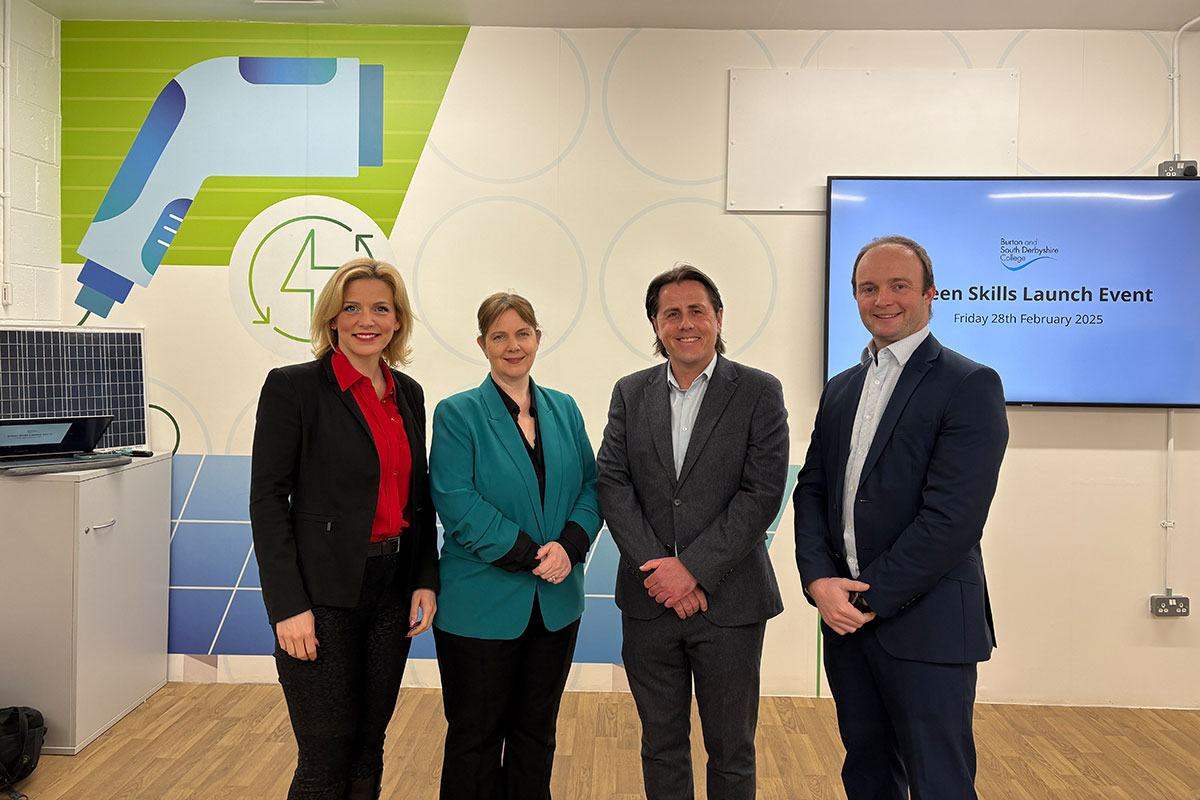Tool process design engineer

KSBs
Knowledge
K1: Strategic tool design including the principles and practices of toolmaking machine capability and the limitations of new press tools Back to Duty
K2: How to design a new tooling process for volume production without inhibiting existing production demand using leadership and management techniques Back to Duty
K3: Planning and forecasting outcomes of new tooling processes including those where there is limited definition tooling processes Back to Duty
K4: Applies business improvement processes and techniques, innovative ways of working and failure proofing techniques (for example Poke Yoke) to deliver a feasible and economically viable process Back to Duty
K5: Collaborative working including relationship management with clients, stakeholders and the supply chain by utilising negotiation, influencing and mutual problem solving techniques. Back to Duty
K6: The scientific, technical, engineering and mathematical principals involved in creating the optimal manufacturing process design, including geometric dimensioning and tolerances allowing conceptualisation and refinement of the design and theoretical fixture behaviour Back to Duty
K7: Advanced lean manufacturing techniques including programme management, failure mode analysis, problem solving, advanced quality planning and single minute exchange of dies (SMED) Back to Duty
K8: Properties of materials including the metallurgical properties of various metals, for example, mild steel stainless steel and predicting the effect on the material during the tooling process Back to Duty
K9: Business planning including project management, planning, forecasting, risk analysis, financial planning, commercial impact and contractual obligations, together with supply chain management, logistics and resource constraints Back to Duty
K10: Team formation and leadership including motivation, coaching and human resource development, preventing dysfunctional working using techniques such as emotional intelligence, conflict resolution and change management Back to Duty
K11: High volume sheet metal forming and cutting techniques in a continuous production environment taking into consideration industry requirements and regulations. Back to Duty
Skills
S1: Design and trial volume press tooling processes including blanking, piercing, forming, draw forming, press tool components selection, ganged setup, progression tooling, transfer tooling, clamping, material selection and heat treatment Back to Duty
S2: Create new tooling solutions using specialist software programmes to produce 3 dimensional (3D) models Back to Duty
S3: Critically analyse, interpret and evaluate complex information and ideas to create the new tooling solution, using bespoke software programmes to create 3D models such as car seat chassis assemblies Back to Duty
S4: Design and develop gap gauges, acceptance gauges including co-ordinate measuring machine (CMM) dimensional checking and 3D laser scanning for analysis and problem resolution Back to Duty
S5: Undertake advanced forming simulation using computer aided equipment (CAE) Back to Duty
S6: Confirm feasibility and estimate the cost of volume component production including, gross material cost, labour costs, machine cost overheads, machine utilisation capacity (Takt time) capital expenditure and consumables and contribute to overall budget management. Back to Duty
S7: Design tooling solution to meet customer requirements including external specifications set by clients and original equipment manufacturers (OEMs) while fulfilling ethical and sustainability requirements. Back to Duty
S8: Lead and manage a team to implement new tool process projects from their inception into full production, for example by using planning, organising team control and motivational techniques. Build on the ideas of others to improve outcomes. Back to Duty
S9: Communication and influencing techniques by choosing appropriate communication methods for the audience, ensuring understanding and delivering effective presentations and reports Back to Duty
S10: Provide timely succinct written reports that explains complex technical issues and potential consequences using language and phrases appropriate to the audience’s knowledge and understanding. Back to Duty
Behaviours
B1: Strong work ethic with a positive attitude, motivated by engineering and business values for example: motivated by externally set challenges, accountable and persistent in completing tasks. Back to Duty
B2: Professionalism – dependable, ethical, responsible and reliable while consistently setting demanding personal targets Back to Duty
B3: Team player, works effectively within a team and supports others when required. In doing so, applies these behaviours in a respectful and professional manner Back to Duty
B4: Self-analytical, overcomes problems through a process of reflection and review and by undertaking continuous professional development (CPD) in order to use new technological advances in the sector Back to Duty
B5: Commits to the beliefs, goals and standards of their own employer and to the wider industry and its professional standards Back to Duty
B6: Problem solving identifies issues quickly, enjoys solving complex problems at the root cause and applying appropriate solutions Back to Duty
B7: Quality focus that promotes continuous improvement and consistently applies logic to the design process Back to Duty
B8: Resourceful and adjusts to different conditions and technologies through market research quickly while continuing to meet the tool process design criteria Back to Duty
B9: Demonstrates a safety mind-set and promotes Health and Safety leadership to others at all times. This occupation sits within an industry with extensive and rigorous Power Press Regulation (PUWER) requiring a disciplined and responsible approach to manage, mitigate and avoid risk Back to Duty











Responses